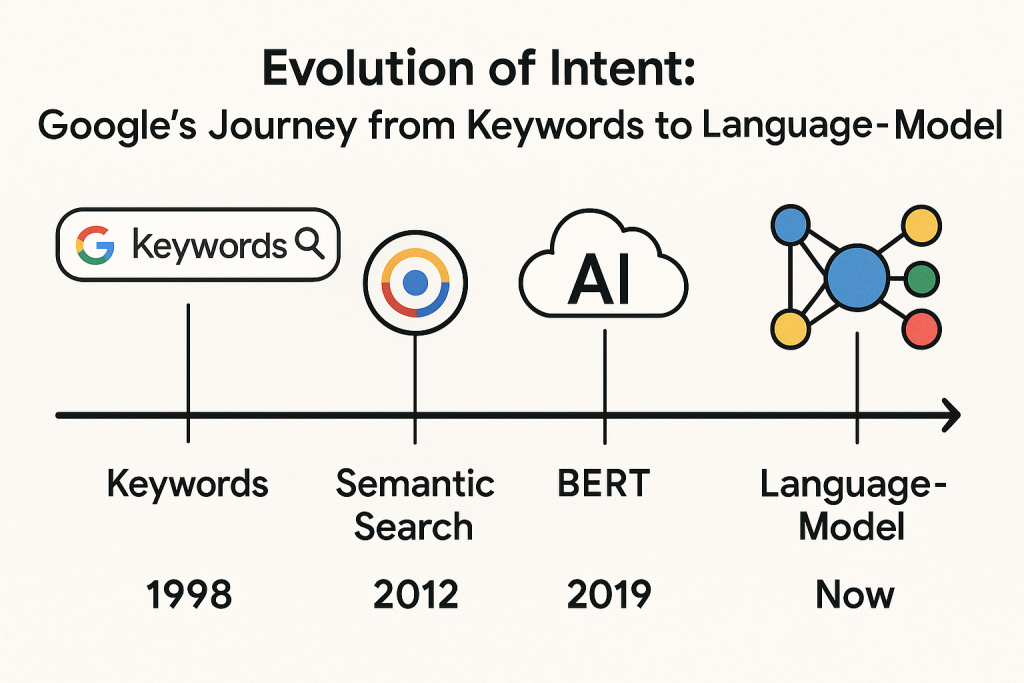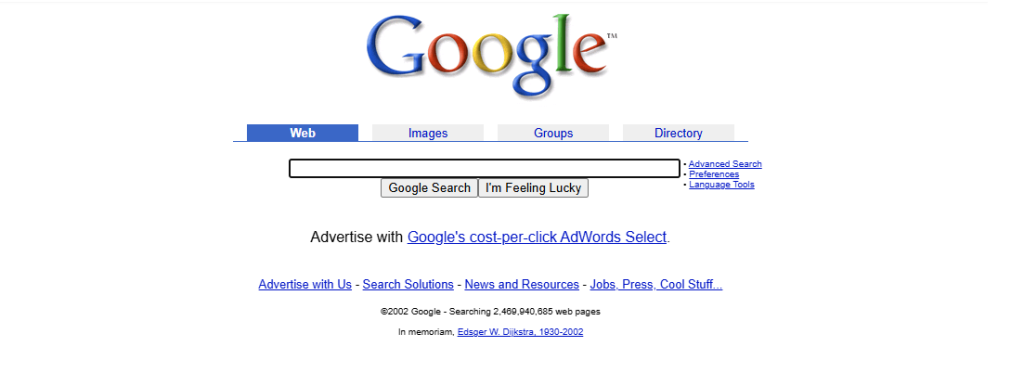In the early days of search, Google’s algorithm largely rewarded exact-match keywords and domain names packed with target phrases; over time, search has evolved to prioritize user intent, context, and content quality.

Today’s landscape blends traditional organic listings with AI-generated summaries and chat interfaces, meaning that SEO practitioners must understand not only what users type, but why they search.
This article unpacks Google’s major AI-driven algorithm updates—from RankBrain to MUM—and explores how they shifted the focus from mere keyword density to delivering genuine user value.
RankBrain (2015)
Overview
RankBrain was Google’s first major foray into machine learning for search ranking, officially announced on October 26, 2015. It was applied initially to 15% of search queries—those Google had never seen before—and interpreted the likely intent behind them, rather than relying solely on exact word matches.
Impact on Search Intent
By analyzing patterns in unfamiliar queries, RankBrain adjusted results to favor pages demonstrating relevance and context, marking a departure from manipulative tactics like keyword stuffing. Today, it remains a core component of Google’s ranking system, emphasizing that high-quality content must align with user intent.
Neural Matching (2018)
Overview
In 2018, Google introduced Neural Matching, a technique underpinned by transformer-style neural networks, to understand the relationship between words in a query and concepts on webpage.
Impact on Search Intent
Neural Matching interprets “fuzzy” relationships—mapping a search for “why does my TV look strange” to pages about fixing display color issues—thus rewarding topic-focused content over exact phrase repetition. SEO strategies today must ensure content comprehensively covers user questions, using semantically related terms rather than chasing specific keywords.
BERT (2019)
Overview
In late 2019, Google rolled out BERT (Bidirectional Encoder Representations from Transformers), its first use of bidirectional transformer models in search, capable of considering context from both before and after keywords in a sentence.
Impact on Search Intent
BERT significantly improved understanding of prepositions and nuances—correctly interpreting queries like “2019 Brazil traveler to USA need a visa” by recognizing the relationship between terms rather than matching words sequentially. Today, BERT affects approximately 10% of searches in English worldwide.
For SEO, this underscores the need for natural, conversational copy that mirrors real-world language patterns instead of forced keyword placements.
Passage Ranking (2021)
Overview
On February 10, 2021, Google officially launched Passage Ranking, an AI-driven update that evaluates individual sections (passages) within pages to match highly specific queries with the most relevant snippet.
Impact on Search Intent
By identifying and promoting the exact passage that best answers a query—even if buried deep in long-form content—Google enhanced its ability to serve precise answers, reducing the need for keyword-dense pages. It currently influences about 7% of queries globally.
Rather than optimizing entire pages for every potential query, SEOs must craft well-structured content with clear headings and standalone sections that can independently answer user questions, improving the chances that specific passages will rank for niche queries.
MUM (2021)
Overview
Announced in May 2021, MUM (Multitask Unified Model) is a multimodal, multilingual AI model 1,000 times more powerful than BERT. It can understand and generate language across text and images and transfer knowledge across 75 languages.
Impact on Search Intent
MUM enables Google to tackle complex queries—like planning a multi-stop trip—by synthesizing information from various formats and languages, drastically reducing the number of follow-up searches needed. While not yet used for general ranking, it powers features like enhanced featured snippets and multimodal search experiences.
Content strategies must therefore embrace rich, multimodal resources, including images and clear metadata, to feed these AI systems accurate information.

Other Notable AI-Driven Updates
Hummingbird (2013)
Though predating RankBrain, Hummingbird introduced semantic search capabilities, focusing on the meaning behind full queries rather than individual keywords.
Hummingbird laid the groundwork for conversational and long-tail queries by interpreting whole-question context (e.g., “how to bake a cake without eggs”). Modern SEO still focuses on providing comprehensive answers and natural language, which helps prepare for voice & mobile search scenarios asking “how to” as opposed to searching a set of keywords.
Helpful Content Update (2022)
Also known as the “people-first” update, this incorporated AI signals to reward original, helpful content and demote SEO-driven thin pages—a continuation of user-centric ranking evolution.
Websites now face penalties for shallow, SEO-driven content and are rewarded for genuine expertise, depth, and trustworthiness. Best practices include focusing on visitor satisfaction, demonstrating E-E-A-T (Experience, Expertise, Authoritativeness, Trustworthiness), and regularly auditing content for user value.
Conclusion
From Hummingbird’s semantic leap to MUM’s multimodal mastery, Google’s algorithm updates have steadily shifted focus from exact keywords to user intent, context, and content quality.
To thrive in 2025, SEO must prioritize high-value, people-first content; robust technical and on-page fundamentals; and structures optimized for both humans and AI systems.
Hi, I’m Adam — a Denver-based SEO and content strategist with over 10 years of experience helping websites climb the search rankings and increase conversions. Whether it’s a site audit, keyword strategy, or a full-blown content overhaul, I bring a creative, technical, and human approach to digital marketing.

